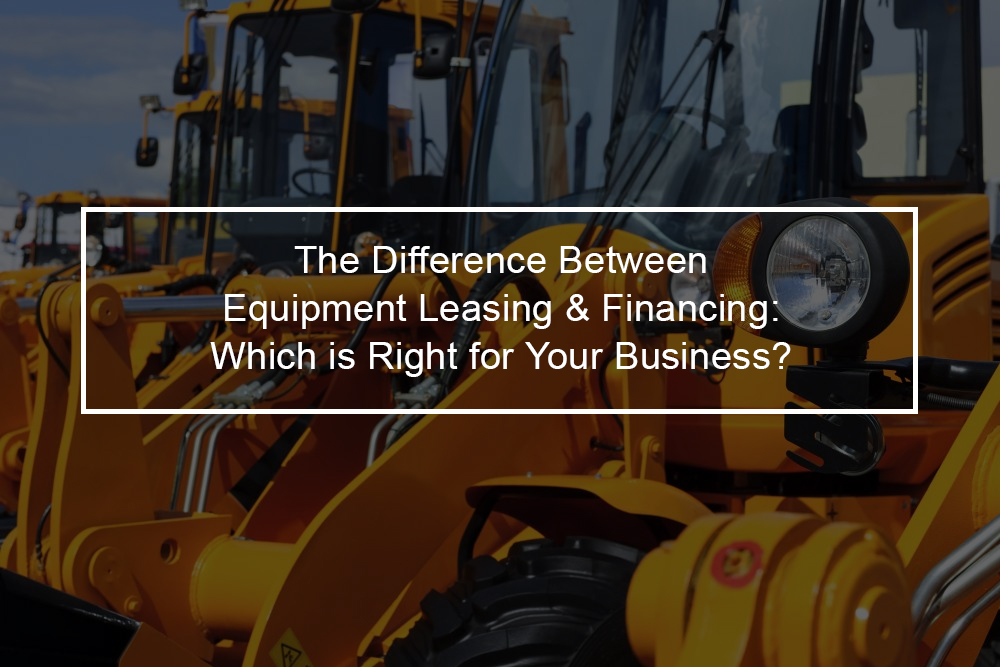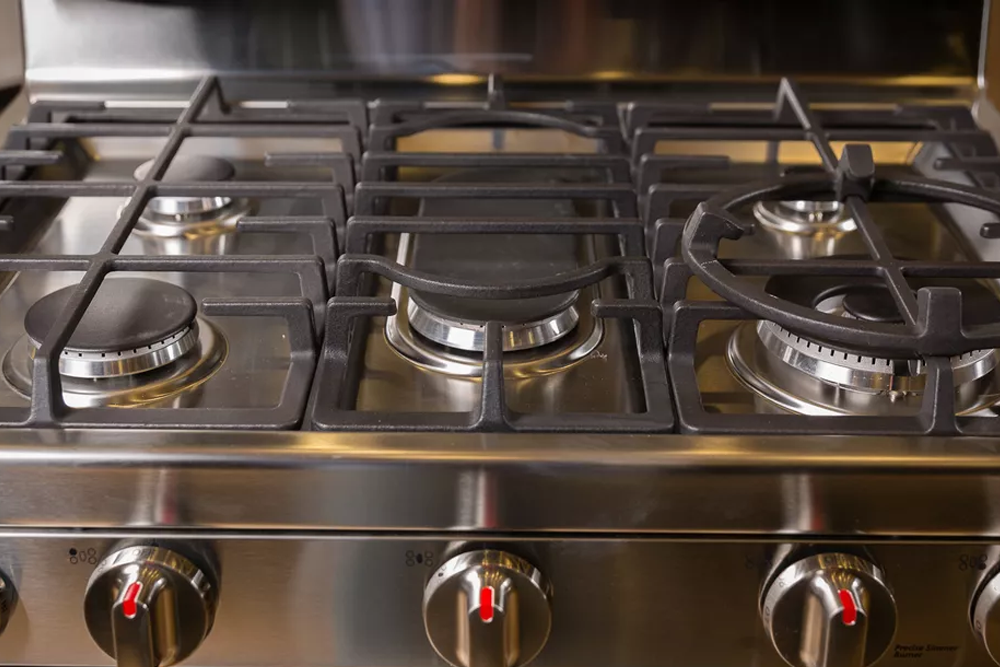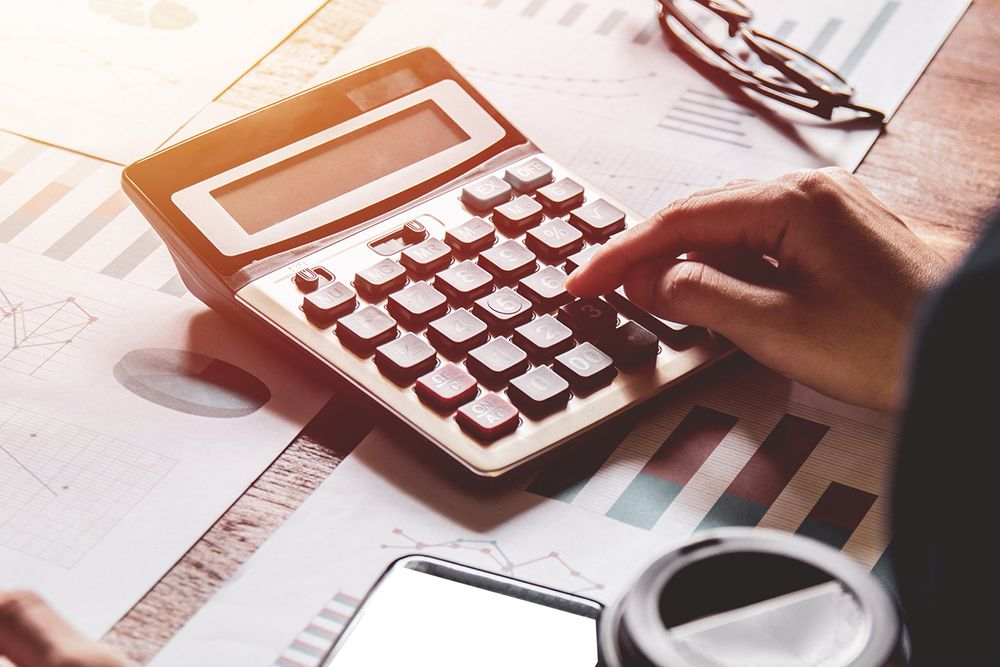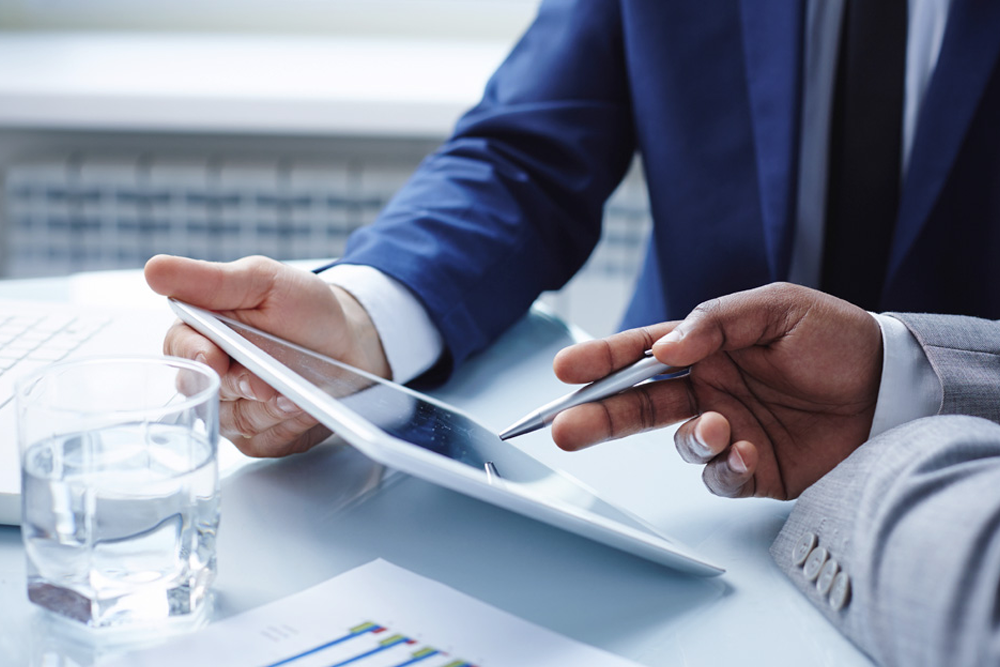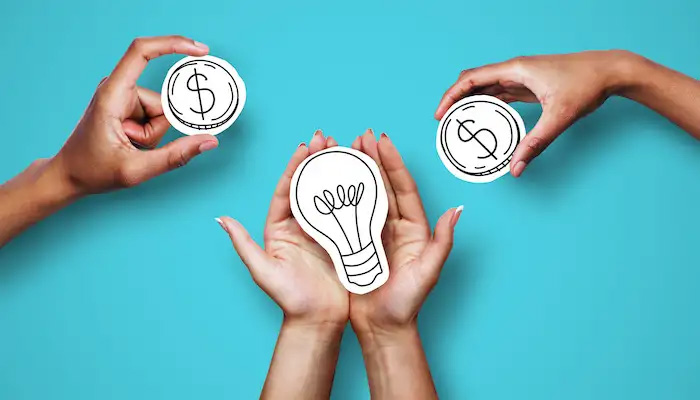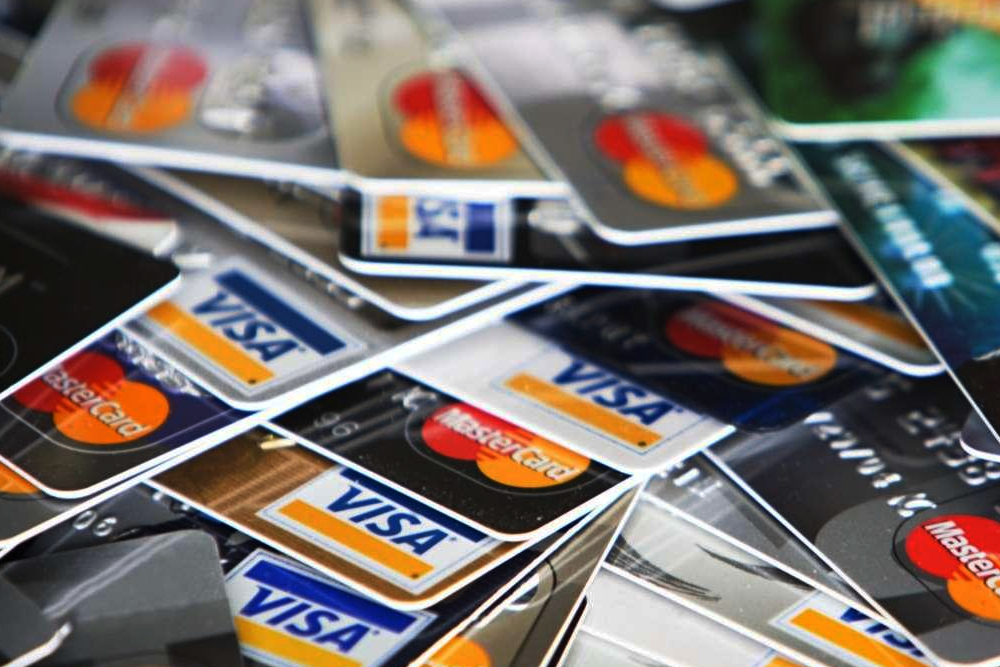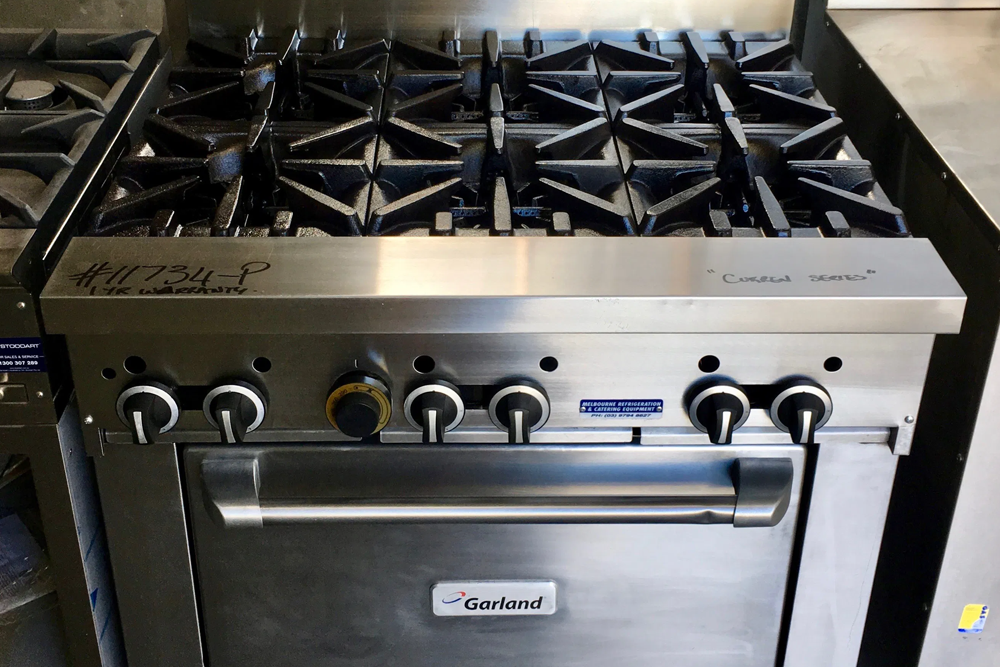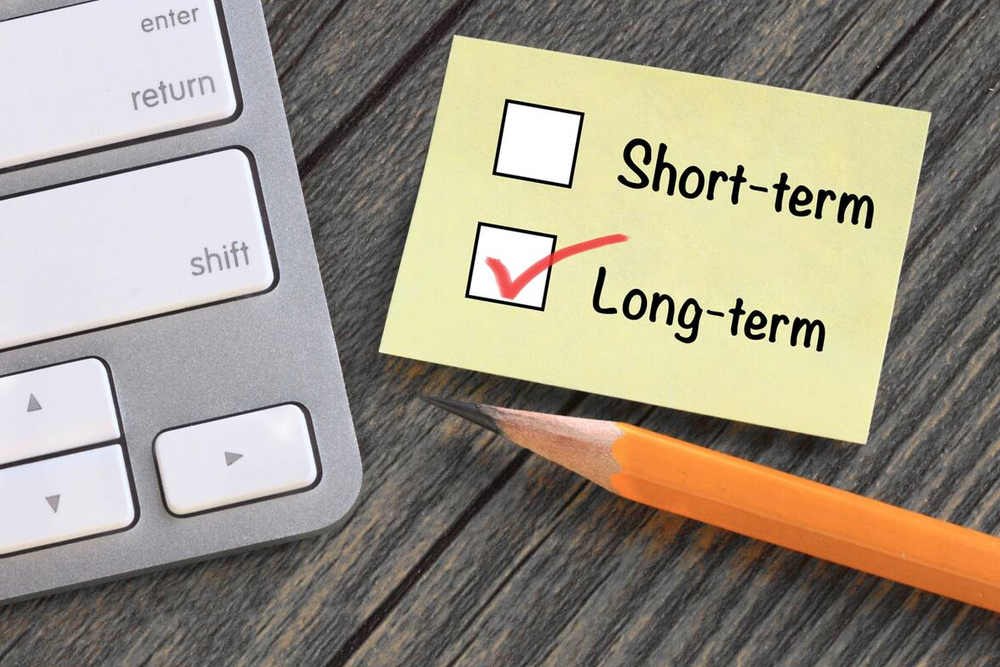From the outlook of a small business owner, many tools of the trade are regarded as equipment. These include office furniture, computers, and company cars, fixtures, kitchen appliances, and HVAC units. The cost for such specialized equipment can add up, and it is usually impossible to pay for the total cost, using your own capital. That is where an equipment lease versus equipment loaning comes in. An equipment lease is the same as a rental agreement, and equipment loaning falls into the category of business loans. Both can assist you in acquiring business equipment; however, in different ways. We will show you those differences and help you identify which route is more sensible for your business.
Equipment Lease vs. Equipment Loaning: The Major Difference
Typically equipment loaning and equipment leasing differ mainly in terms of ownership. When it comes to an equipment lease, you rent business equipment from the vendor for a monthly payment. However, you don’t own the equipment in the course of the lease term. While for equipment loaning, it is a collateralized loan that enables you to buy a piece of equipment. After you’ve repaid your loan according to its terms, you fully own your equipment.
Equipment Lease
When it comes to equipment leasing, you do not own the equipment outright. Instead, a lender buys a piece of equipment from a vendor and then rents it out to you for a monthly payment. At the end of the equipment lease, you can choose to purchase the equipment, renew your lease, or return the equipment.
Generally, there are two main kinds of equipment leases: operating leases and capital leases. Here’s how they differ:
- Capital leases – This kind of equipment lease has higher monthly payments and is designed more like a loan. The difference is that the lease does not appear on your balance sheet during the lease term. At the end of the equipment lease, the business owner has the option to buy the equipment for a nominal price, like $1 or 10% of the purchase price. The $1 buyout lease and 10% option lease are popular examples.
- Operating leases – This kind of equipment lease has low monthly payments and provides the business owner the alternative to own the equipment at the end of the equipment lease term by paying its then-fair market value. An operating lease is also called a fair market value lease.
The benefits, drawbacks, and size of your monthly payments of equipment lease vs. equipment loaning will mainly depend on what type of equipment lease you have. Some capital leases are virtually indistinguishable from equipment finance.
Equipment Loaning
If you opt for equipment loaning, also known as equipment financing, your lender will provide you with the capital to pay for the purchase of a piece of equipment. Based on what you’re purchasing, your equipment financing lender can loan you all, or most, of the total cost of your equipment. You will pay down your loan and interest, over time. After you’ve repaid your loan according to its terms, you will fully own your equipment.
All told, equipment leasing allows you to pay for the use of equipment for as far as the lease lasts, not necessarily for the possession of that equipment. An equipment financing helps you pay for a piece of equipment outright. Just like any other small business loan, though, you’ll need to repay your lender what you have borrowed and interest. You can kind of think of equipment leasing as renting out an apartment, while equipment loaning is buying a house. The difference between equipment leasing vs. financing does not end there, though. Here are a few more key details about each financing product.
Equipment Leasing Benefits And Drawbacks
If you think that the equipment you require will become outdated in a few years’ time, then you do not have to purchase it. Instead, you can choose equipment leasing, enabling you to use that computer, slushie machine, or conveyor belt for a predetermined duration. Generally, equipment leasing agreements typically last between two and seven years, but it won’t outlast the equipment’s value.
Equipment Leasing Benefits
The following are some of the benefits you can reap from equipment leasing:
No collateral or down payment
If you are looking to fund a piece of costly equipment, there are many reasons to consider equipment leasing. First, equipment leasing generally requires no down payment and no additional collateral to secure the loan. That indicates you can keep a good chunk of your money to contribute to your business’s other expenses, and you don’t need to risk any of your business or personal assets to secure this rental agreement.
Repairs are the lender’s responsibility
When you opt for equipment financing for a piece of equipment, you take full accountability for it during the loan duration. If the equipment requires repair or breaks down, you are responsible for fixing it. However, with a lease, the leasing company will take care of any repairs. This is similar to apartment living, where the landlord presumably handles repairs for tenants.
Easy application process
The application procedure for equipment leasing is relatively simple, too. You likely will not need to provide as much financial paperwork as you would when applying for a traditional small business loan. Moreover, equipment financing for bad credit is available for applicants with challenged credit.
Flexible terms
Most lease agreements incorporate several options after the lease ends. You can opt to:
- Buy the piece of equipment. If you opt to purchase the equipment you have been renting; the lessee releases the title to the equipment to you
- Return the equipment
- Keep on leasing the same piece of equipment
- Trade-in your present equipment for an updated or new piece of equipment (and begin a new lease for the new equipment)
That last option is one of the major benefits of equipment leasing. Ultimately, you are under no obligation to hold onto the equipment you are leasing, since you do not actually hold the title to that piece of equipment. If you have found that whatever you have been renting— for instance, a computer or medical equipment—has become outdated over the course of your lease agreement, you can return it easily. Then, the equipment leasing provider can finance a newer model for you.
Equipment Leasing Drawbacks
The biggest drawback of an equipment lease is the price. Because a lease is not a loan, you will not pay interest on your monthly payments. Nonetheless, lenders providing equipment leasing will bake an effective interest rate into those flat monthly payments; it is how the lender generates money off their deals.
The cost of your equipment leasing deal will be based on a few factors in your application, such as your business’s annual, your personal credit score, business age, and its revenue. For the most part, though, lenders evaluate the cost of depending on the value of the equipment they are purchasing, the length of the lease, and how well or poorly that equipment holds value. Based on where the lender prices your monthly payment, you may end up paying significantly more money over the course of your equipment lease than you would if you would have taken out an equipment loan.
Equipment Finance Benefits And Drawbacks
Contrarily to equipment leasing, equipment loaning is a loan that assists small business owners in paying for a piece of equipment over time. Equipment loaning is best for durable pieces of equipment that maintain their value over a long duration—such as furniture, trucks, and tractors. If your lender accepts your equipment loan application, they will front you 80-percent to 100-percent of the cash you require to purchase your equipment.
Then, you will repay that loan amount and interest, over a predetermined duration. The length of your equipment loan mainly depends on how long your lender expects that the equipment you are buying will be valuable. Once you have cleared your loan, you will fully own that piece of equipment.
Equipment Loaning Advantages
Easy to Qualify
Equipment loaning is typically simpler to qualify for than traditional term loans. Besides, most equipment lenders are happy to consider business owners with challenged credit scores. That is because equipment loans are usually self-collateralized. In the event that you default on their loan payments, then the lender can seize the equipment they are funding and liquidate it, to recover their lost money.
That built-in security net lessens the lender’s threat of losing everything if the borrower defaults the loan. Thus, equipment lenders are a bit lenient about things like a business’s age, average annual revenue, and the business owner’s personal credit score during their vetting procedure.
When considering an equipment loan candidate, equipment financing companies are mainly concerned with the condition and resale value of the equipment they are financing—the higher the resale value and the better the condition, the lower the interest rate. Generally, the equipment’s resale value determines how much money a lender is inclined to extend you—where the higher the equipment resale value, the more money they are willing to loan you.
No collateral required
Because equipment loans are self-secure, your equipment loan agreement will not ask you to offer any additional collateral to guarantee your loan.
Comparatively low cost
Like any other business financing, you will need to pay interest on an equipment loan plus the loan’s principal amount. Business loan interest rates for equipment loaning can be as low as 8-percent; however, they might also shoot as high at thirty-percent. Even at the higher end, that is lower than the interest rates charged on ordinary short-term business loans. Typically, the long-term cost of an equipment loan is lower than a lease.
Equipment Loaning Cons
A down payment might be needed
If you are approved for an equipment financing, your lender might front you 100-percent of the cost of your equipment. However, this isn’t usually the case. Usually, lenders supply around 80-percent of the amount of the equipment, which indicates it is your responsibility to pay for the remainder upfront. The best part, though, is that the bigger down payment you can offer, the higher your odds are for getting a lower interest rate on your equipment loan.
You are stuck with the equipment
Prior to applying for a loan to purchase a specific piece of equipment, make sure that it will retain its value by the end of your loan’s terms. Otherwise, you will be tied to a piece of outdated equipment that you might need to pay to replace.
Which is the better Choice: Equipment Leasing or loaning?
If you require a new piece of equipment, but you are fresh out of money to pay for it upfront, do not worry! You have alternatives. The key is choosing between an equipment lease vs. an equipment loan.To help you decide, contemplate these two factors: how much funds you have available right now; and how fast the equipment you are eyeing will become outdated. As far as you have the cash for a down payment, and the piece of equipment you intend to fund will last your business a long time, then an equipment loan may be the way to go. However, if you have little money to put down or the piece of equipment you intend to fund will quickly become obsolete, then you might want to consider an equipment lease instead.

